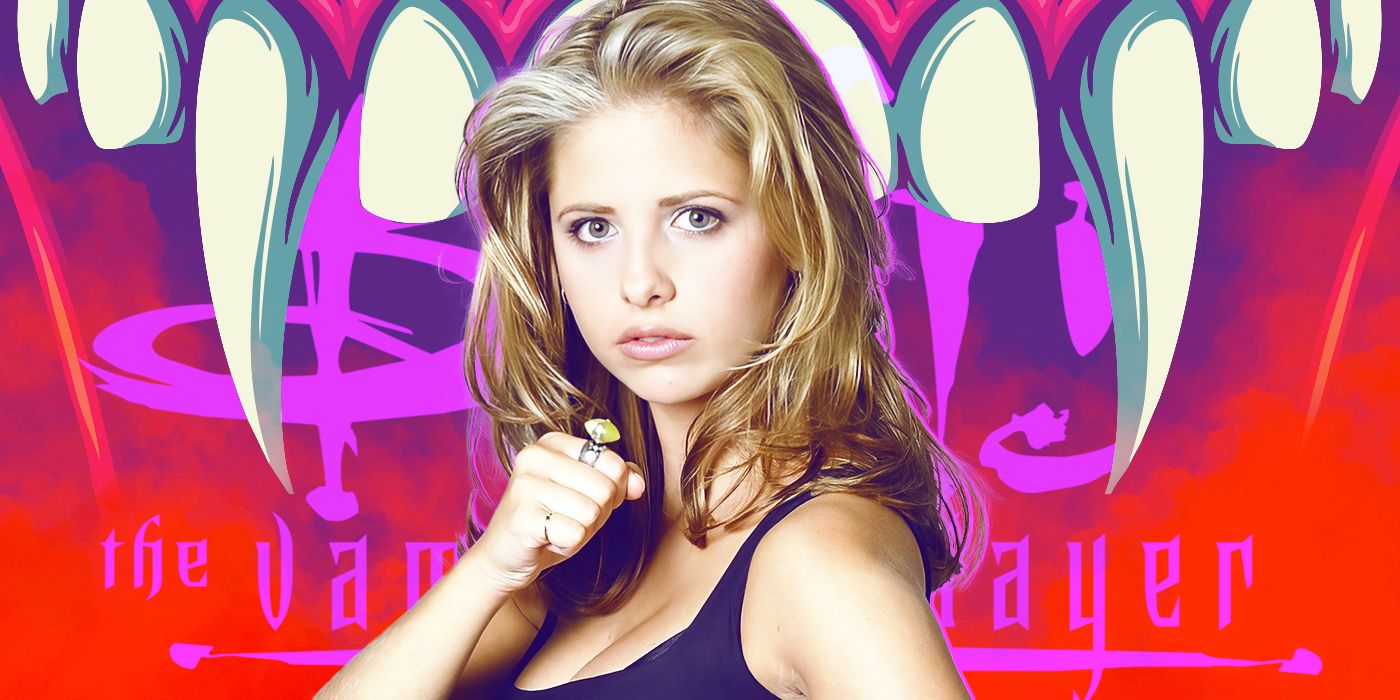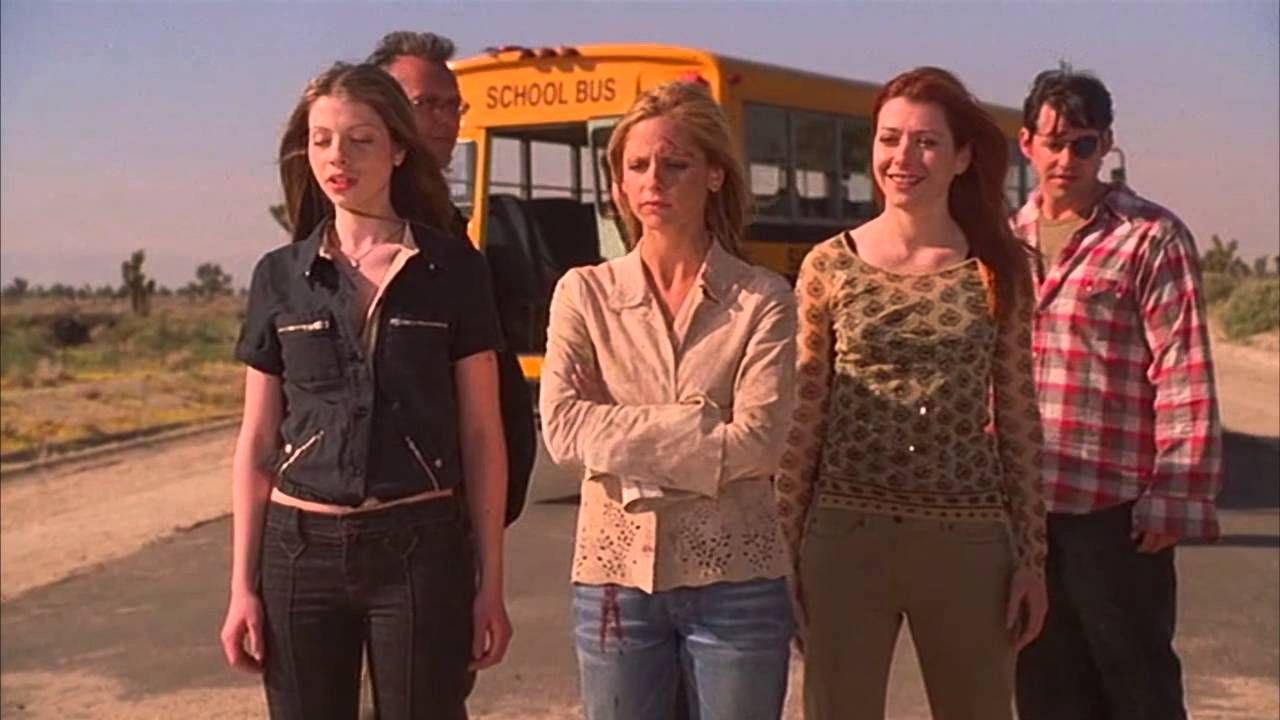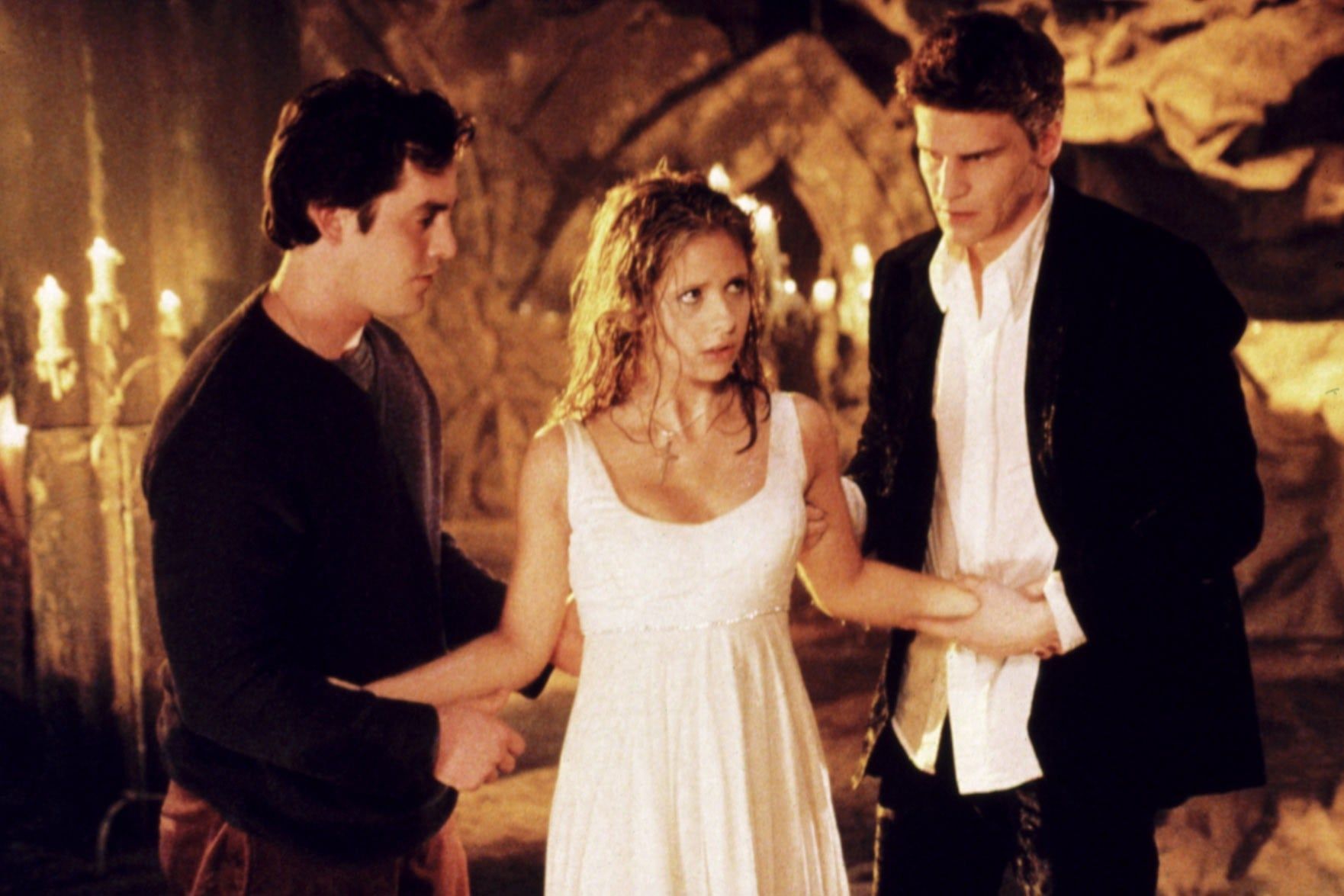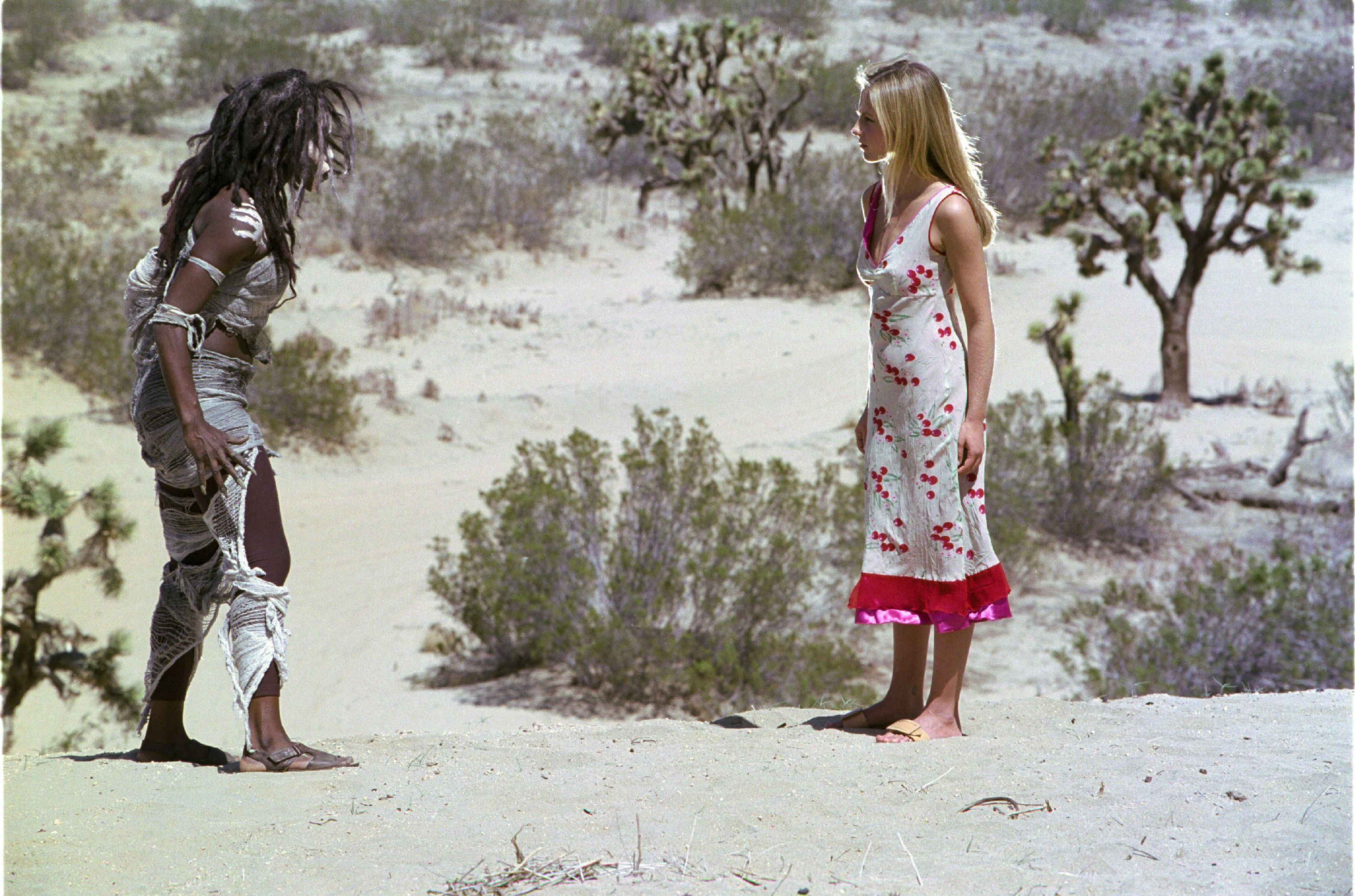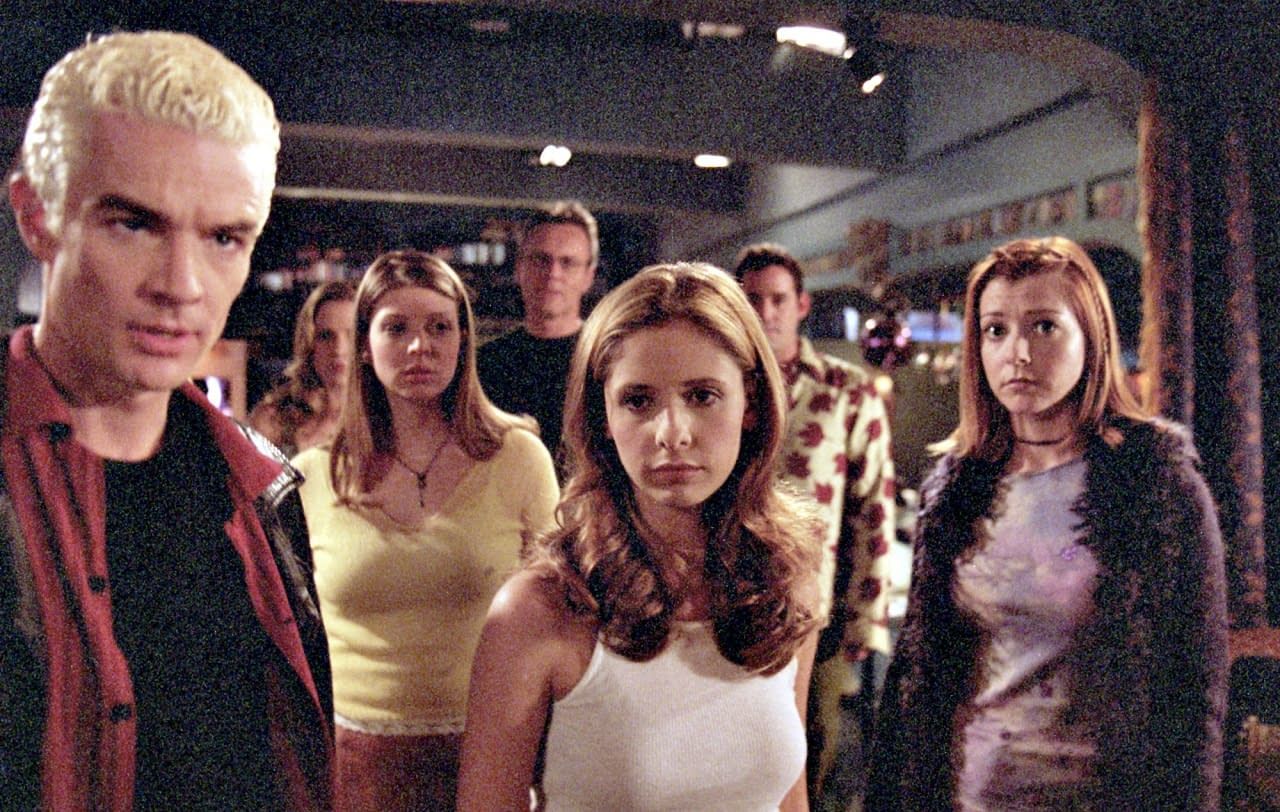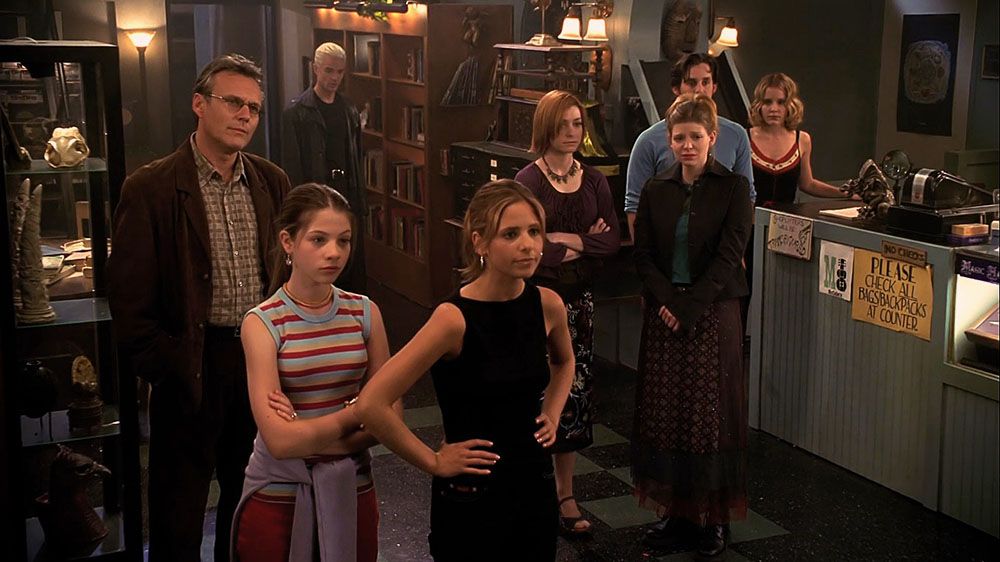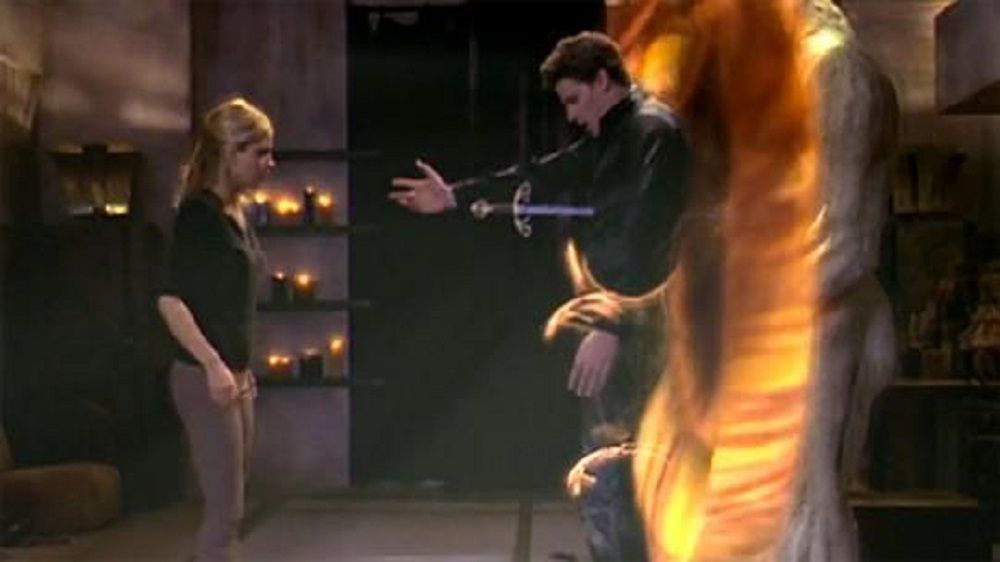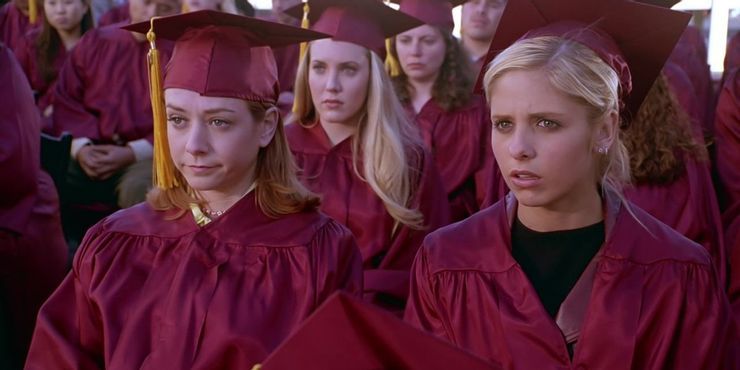The Big Picture
- Season 7 of Buffy the Vampire Slayer falls short, lacking behind-the-scenes cohesion and a compelling premise, but Nathan Fillion's appearance provides some relief.
- Season 1 introduces the Hellmouth and the school library as ingenious plot devices, despite its flaws and growing pains.
- Season 6 delves into realistic themes and emotions while exploring Buffy's depression, with the loss of Tara and the musical episode as highlights.
Watching a TV show from the late '90s can be tricky—especially a show that sometimes requires a 4:3 aspect ratio. The show needs enough personality to fill up all that empty space on the screen. Luckily, Buffy the Vampire Slayer is only from the late '90s for a few seasons. It also stars Sarah Michelle Gellar, who is tasked with doing absolutely everything an actor might be asked to do, at least once. As the titular Buffy, the narrative through-line of (almost) every season depends on her dauntless ability to sell its beats.
Fortunately for her, the influential creative team at Mutant Enemy Productions—a company created to produce this show, which it did alongside 20th Century Fox, though Buffy would initially air on The WB—would give her and her castmates some of the best scripts fantasy television would ever see. The material would make teenage drama feel convincingly all-consuming; in the hands of an actor like Charisma Carpenter, it could make being a vicious bully feel like an aspirational life goal. It did so for many seasons. But not all seasons are made equal. Let us sift through Buffy’s and see which of its seasons still bolster its legacy, and which let it down.
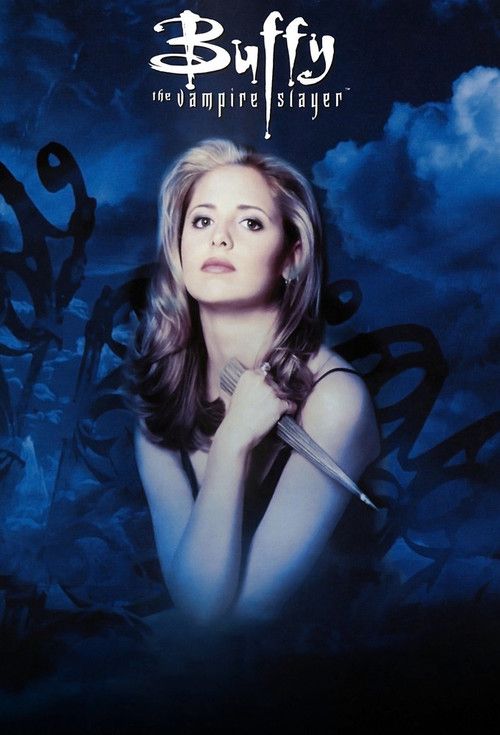
Buffy The Vampire Slayer
A young woman, destined to slay vampires, demons and other infernal creatures, deals with her life fighting evil, with the help of her friends.
- Release Date
- March 10, 1997
- Cast
- Sarah Michelle Gellar , Alyson Hannigan , nicholas brendon , Michelle Trachtenberg , Emma Caulfield , James Marsters
- Main Genre
- Action
- Seasons
- 7
- Creator
- Joss Whedon
- Production Company
- Mutant Enemy, Kuzui Enterprises, Sandollar Television
7 Season 7
Look—there are shows for which this would be their best season. Buffy just isn’t that show. It had a long run, and rumors suggest it maybe wasn’t the most pleasant place to put in the kind of long hours that television actors and crews are expected to endure. So, behind-the-scenes cohesion was not at its peak here. Also, this show already had a series finale in Season 5. It was left to sort of blow up its own premise here, with a story of potential Slayers around the world assembling, a feature that made the season feel claustrophobic. The season also lacked a cool spot to meet and hang out, which is a thing all great seasons of this show possessed. It also had an intangible Big Bad — until Nathan Fillion shows up to ease our pain.
6 Season 1
Here are a couple of acts of genius introduced by this somewhat rickety season of television. One is the Hellmouth. As a plot engine, it does all the work for you. Folks can nitpick every speck of suspended disbelief this freshman outing leaves scattered on the stage, but this simple idea—that there is a hole in the Earth, and it attracts scary monsters right to where our characters must spend all their time—is a fantastic device that is utterly unobtrusive.
The second bit is the school library. Lord only knows how the Watchers’ Council got Rupert Giles such a sweet gig—and no one knows what Principal Flutie thought was going on in there—but the library as a convening space in a show that requires weekly exposition is inspired. Especially in pre-internet days, a room full of books about demons is a niftily convenient thing for a demon-slayer to have at her high school. Anthony Stewart Head made a thankless task look like a thing someone could be born to do, and the rest of the cast flung some of the best lines that’ll ever be uttered on network television like they’d thought of them right there on the spot.
That said, it’s always a relief to get these episodes out of the way. The fact that episodes of this quality can be seen as the Percy Weasleys of the bunch speaks as much to the quality of what follows as to Buffy's own growing pains jankiness.
5 Season 4
Not to get ahead of ourselves, but Buffy Season 4 did not stand a chance. The series had to change settings after graduation. The Vampire Diaries extends its high school years beyond a reasonable measure, and it’s not a good look. Season 4 also commits a similar crime as Season 7—it’s got no cool place to hang out and hatch plans. The library is gone and is replaced by… Giles’s living room?
But the college freshman fears the show mines here are mostly pretty good, even if a lot of the episodes aren’t great. But the bottom line is, this season has “Hush," a top 5 episode of the show and maybe the purest bit of horror they ever did, and it’s got “Restless," the most Lynchian thing it’s ever done. We also get Tara (Amber Benson), along with Willow’s coming out, which are essential aspects of the show’s future.
4 Season 6
This is an undoubtedly contentious season of television. The first in the show’s move from its five-season home at The WB to its future two-season home at UPN, this season sees the keys to the flagship handed to Marti Noxon, one of the writers responsible for early standouts like “What’s My Line?” (both parts), "Surprise," and "The Wish." If you can think of an emotional trigger or a topic best tread with the utmost care, it’s probably represented somewhere over the course of this season wearing a supernatural face, but sometimes wearing the very regular faces of very ordinary men. After giving us the language and cementing the trope of the Big Bad, Buffy wipes it off the board, setting The Three Little Bads known as The Trio in its place. They are a bunch so despicable in the plausibility of their heinous, empty motivations that they—along with the season’s depiction of Buffy’s obvious depression—cause this fantasy show to become something nobody asked it to be: realistic.
The loss of Tara and the ensuing Dark Willow stuff is some of the most exhilarating dread the show has ever conjured. There is actual pain in that loss and, as a result, a perverse schadenfreude at witnessing the roaring rampage of revenge it inspires, Alyson Hannigan spewing caustic one-liners at characters who deserve to be afraid and some who do not. This is a season where Willow’s pain is the through-line, and Buffy’s the sidecar, and that gives it a significance that defies ignoring. Plus there’s a musical.
3 Season 5
Buffy’s very existence seemed in flux going into Season 5, and that meant writing toward a finale that could’ve been the big one, and so had to feel like it. Having that destination in mind—along with a gregarious, underrated Big Bad in a kitschy god named Glory—gives the season a sense of stakes. But outside that, the characters themselves feel like they’re having a good time.
We get the Magic Box, which is the best headquarters since the library, and an equally helpful stage for exposition. The showstopper here is, of course, “The Body,” the kind of episode that television shows hope to be when they grow up. Its stillness, the performances, and the willingness of the show to even do it proved that making Buffy mature out of public-school stories was not the death of the show but a chance for creative rebirth, and gave the seasons that followed impossible shoes to fill.
2 Season 2
When creators can take all the potential inherent in their early work and manifest that fabled Great Leap Forward, it is almost always the stuff of legend. Continuing the new-viewer-friendly, monster-of-the-week filling that advertisers so love, but digging into the lore-heavy, serialization-heavy storytelling that would become the style to beat in the 21st century, Season 2 crafts a surprising story that constantly twists in on itself, pulling viewers into its sinuous writhing and hurling them back out at the end, emotionally bereft. It’s all broken hearts and charismatic villainy. James Marsters’s Spike enters the frame in Episode 3, and we immediately understand that the party has started.
It lasts all season, one that sets the standard for urban fantasy/horror television and one that sets the tone for the season that follows, and the even greater standard it comes bearing.
1 Season 3
If Spike is the party, then Eliza Dushku’s Faith Lehane is the after-party. An electric charge that helps the show create the conditions for almost every beat of its 22 episodes to land with force, for those beats play the rhythm of a tragedy, and that tragedy has Faith at its center. Her raw confidence feels like the show’s raw confidence. There is no sense at any point of the creatives second-guessing themselves here.
The season’s actual antagonist is the Mayor (Harry Groener), an aw-shucks devil in a suit who represents officious authority, polite condescension, and historical power. Late in the season, when The Mayor enters our heroes’ safe space on the eve of graduation, it feels like a true violation. It’s only the third season of a show we know (at this point) has a lot more story to tell, but his threats at no point feel empty. The writers stack perils upon hazards upon losses, especially in Season 3’s back half, and there's a sense of narrative cohesion, character control, and bottled lightning it will never again sustain for so many consecutive episodes. Many youth-oriented fantasy dramas that follow will attempt to emulate its energy. So far, none of them have. But here’s hoping they never stop trying.
Buffy the Vampire Slayer is currently available to watch on Hulu in the U.S.

